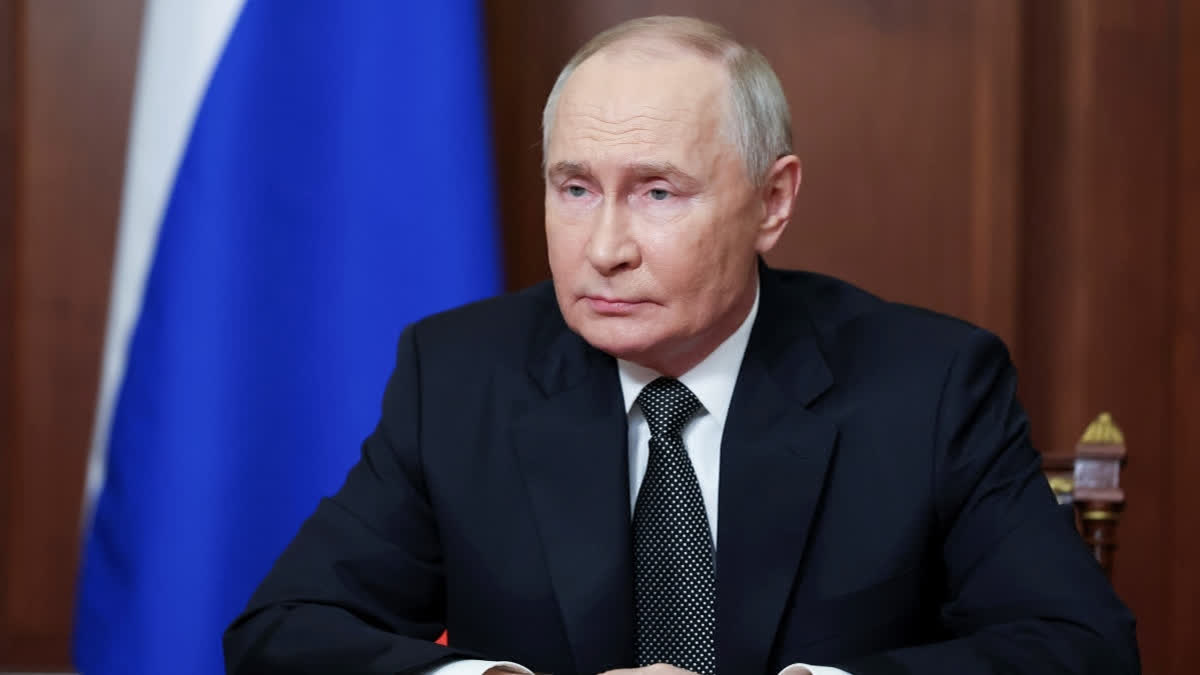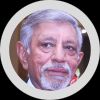After months of deliberation, US President Joe Biden finally permitted Ukraine to employ its gifted long-range Army Tactical Missile Systems (ATMS) to strike within Russia, initially in the Kursk region where Russia has enhanced troop deployment alongside North Korean troops to push back the Ukrainian incursion.
Evidently, Russia is succeeding in its efforts, which is why Biden acted. This is a marked shift in US policy towards the ongoing conflict and comes just prior to Biden leaving office. This decision of Biden may not be enough for Ukraine but opens a new dimension to the conflict.
Donald Trump, who would take over the US Presidency on 20th January had announced his intention to end the war while reducing support to Ukraine. His supporters have criticised Biden's decision by claiming that he is playing into the hands of the Military Industrial Complex as also setting the stage for the third world war.
US sanctions would open doors for other allies, including UK and France, to follow suit. Britain has already announced that it would permit Ukraine to employ its 'Storm Shadow' missiles in a similar manner.
A couple of days after Biden's approval, marking the 1000th day of the war, Ukraine fired missiles at Russia's Bryansk region. Russia claimed to have shot down five of the six missiles fired, while the US mentioned that two of the eight fired were shot down. ATMS missiles have a range of 300 kms and are not easy to intercept.
Till recently, Ukraine had been employing US delivered weapon systems on its own soil against invading Russian troops. The US had permitted Ukraine to utilise its HIMARS system with a range of 80 kms to help its forces stem the Kharkiv offensive, which proved effective.
Russian President Vladimir Putin had two days ago approved changes to Russia's nuclear doctrine, possibly anticipating such a decision from the US. For some time, Russia was warning NATO that if it permitted Ukraine to fire their provided missiles into Russia, it would imply that NATO is directly involved in operations against Russia.
The amended doctrine highlights that an 'attack by a non-nuclear state backed by a nuclear state could be considered a joint attack.' It adds that an 'attack by a member of a military alliance would be considered an attack by the alliance itself.' As per the amended nuclear doctrine, Russia could respond to such strikes employing nuclear weapons. The US has stated that it has no intention of changing its own nuclear status despite this modified doctrine and the Ukrainian attack.
Putin had earlier mentioned that Ukraine lacks the ability to employ ATMS missiles on its own. He insists that only western satellites can provide intelligence data for their employment as also only NATO personnel can 'assign flight missions', hinting at their direct involvement. He said, 'If this decision (employing ATMS missiles against Russia) is made, it will mean nothing short of direct involvement (of NATO).'
Russian spokespersons and members of Putin's government have been warning that western actions as also launching of missiles by Kiev is setting the stage for the third world war. The West has thus far ignored the warning as another empty threat by Putin.
The message flowing from the US is that Biden's administration is testing Russian resolve and calling Putin's bluff on the nuclear option. The US believes that Putin will not respond to the Ukrainian attack as threatened. Biden is also signalling to Trump that he still has the power to act despite the government being in transition and whatever he leaves behind is what Trump would have to deal with.
Further, the US administration is conveying the message that its decision is in response to the entry of North Korean soldiers on the battlefield, an act which could change the battlefield milieu.
The delay in the US announcement has already given Russia time to move most of its major military assets out of range of these missiles. Putin had since the commencement of the war been threatening the west against supporting Ukraine but never acted. NATO provided Ukraine with weapons and Russia maintained silence.
Even when Ukraine crossed the border and advanced into Kursk, the first time since Adolf Hitler did in the second world war, Putin threatened strikes, but did not act. Thus, the amended nuclear doctrine is also being considered as another in the series of bluffs and warnings by Putin.
It would appear that both, Putin and Biden, are concerned about Kursk. Putin wants to regain the region from Ukrainian forces prior to any peace talks and hence is pushing in additional troops.
Biden is hoping that this sanction will benefit Ukraine in retaining this territory as a bargaining chip in any future negotiations. Putin also has his own interests in mind. He would be seeking an end to the conflict on his terms. The best option for him is the commencement of the Trump era. If he escalates the conflict, which is possibly what Biden is pushing him to do, chances of pulling back are difficult. Simultaneously he has increased his targeting of Ukraine's energy resources and installations. With winter approaching, destroying Ukraine's energy resources will build anger amongst the Ukrainians, most of whom are already wanting peace.
Trump also faces a decision dilemma. Should he suspend the sanction soon after his arrival or exploit it to push for peace. If he acts early, it could be playing into Putin's hands as also enhance distance with his European allies, while being seen as a Russian puppet. If he delays, it may result in missing the chance for resolving the conflict.
Finally, Putin did respond to western provocations. He employed the under testing Oreshnik hypersonic missile in a conventional mode, on Ukraine’s defence industrial complex. This missile, capable of carrying nuclear warheads, travels at a speed of Mach 10 and is beyond the capability of any anti-missile defence.
The test was marked as successful. The missile has a range of 5000 Kms and can hit any target in Europe including the UK. This was Putin conveying that western support has crossed limits of Russian tolerance. In his message he warned that the launch was in response to escalation by the West.
As a precaution, he gave an advance warning to the US. Will the West take the hint and step back is to be seen. In all likelihood, the West may quietly suggest to Ukraine not to target mainland Russia beyond the Kursk region and there also solely military targets. The coming days would make the intent of all involved clearer.
(Disclaimer: The opinions expressed in this article are those of the writer. The facts and opinions expressed here do not reflect the views of ETV Bharat)



